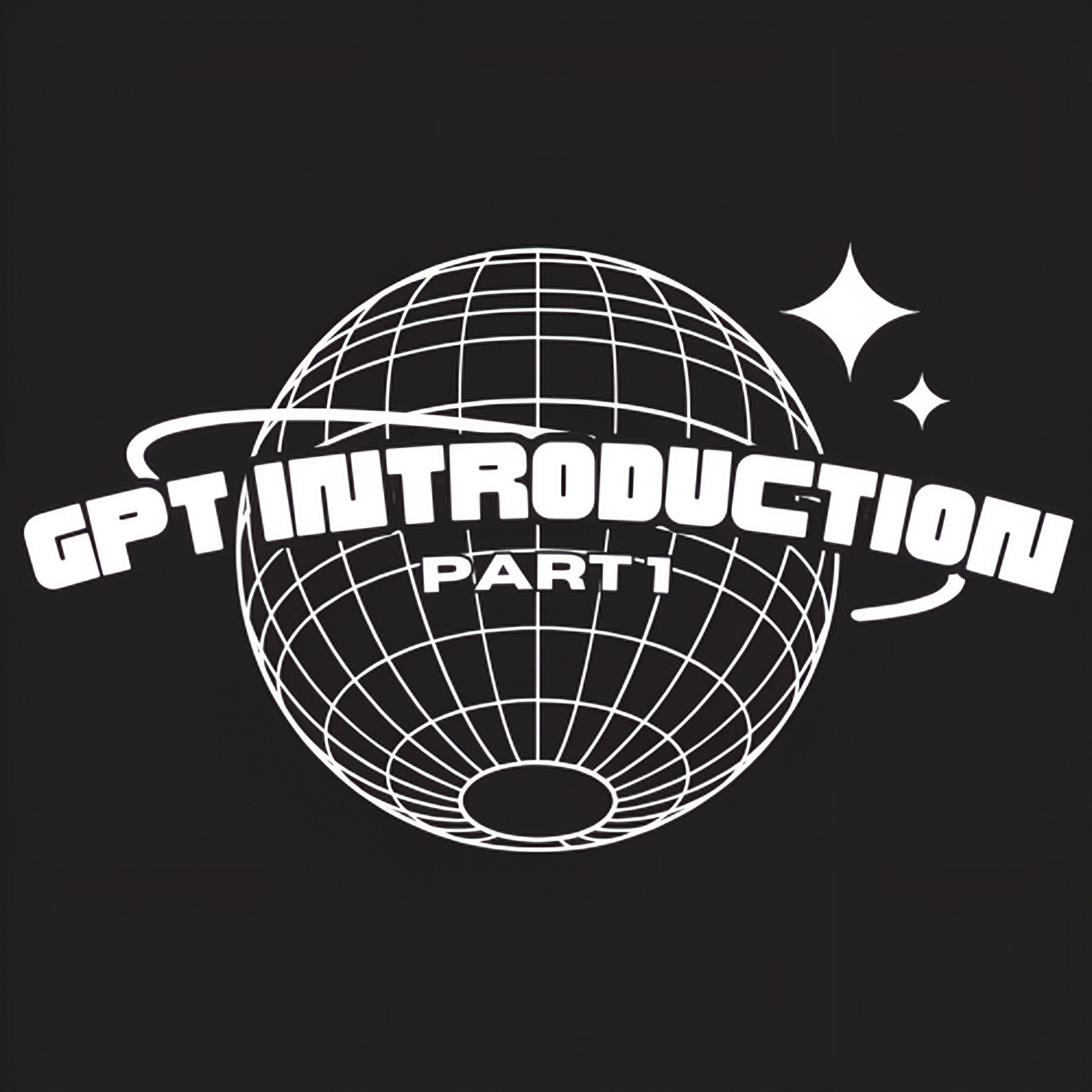Hello everyone, I plan to write a series of 10 articles on getting started with GPT. This is the first one.
You have not used GPT yet. You want a quick overview. Or you want to keep up with GPT's latest updates. This article is for you.
Before we talk about ChatGPT, we need to ask an important question. When we talk about AI, what are we really discussing? I believe we are discussing these three things:
How can we develop and use AI's potential? AI can help make traditional workflows faster. AI can generate content (AIGC).
How do we adapt to new human-AI collaboration relationships?
How do we maximize human value in an AI-integrated work environment? You will find that the value of thinking far exceeds mere execution.
Besides these questions, has AI brought other significant changes? Let's start by getting to know ChatGPT.
What is ChatGPT?
ChatGPT is an AI that can have conversations. It is pre-trained. You give it input by asking questions. It gives outputs by providing smart answers.
The name "ChatGPT" means it can chat. "GPT" stands for text generation. The AI can generate text responses.
Chat: Engages in natural conversations with humans (Chat = Prompt + Intelligent Answer).
G (Generative): Generates natural language text that follows grammatical and semantic rules.
P (Pre-trained): Pre-trained on large-scale text data, making it smarter.
T (Transformer): Uses the Transformer architecture to process text sequentially.
Some people think GPT finds answers by searching the internet. Others joke that people in Southeast Asia are typing behind GPT. This is not true. GPT does not search or use people.
GPT is like a very big brain in the cloud. We ask it questions. It calculates answers using what it already knows.
ChatGPT is a large language model. This means it can understand lots of text, like a human. It can reason using logic and language.
When making new text, GPT predicts the next word most likely to come next. It's like typing on a typewriter. But always choosing the most likely word makes boring results.
GPT has a temperature setting. This lets it sometimes choose less likely words. This makes the text more creative and useful. But it can also make nonsense answers sometimes. Always double-check to avoid being misled.















